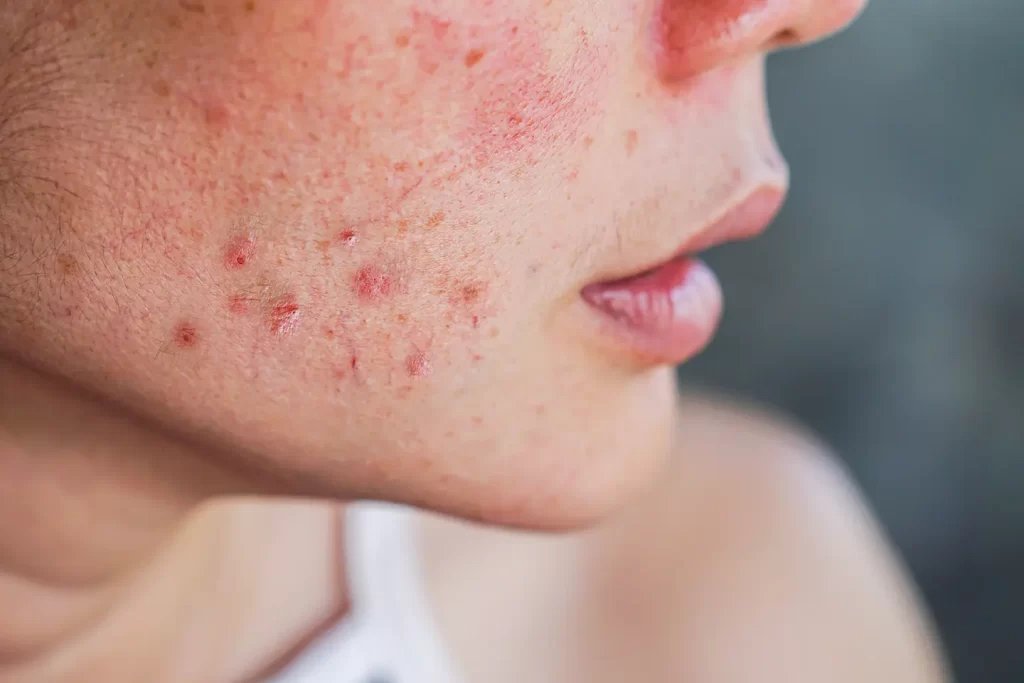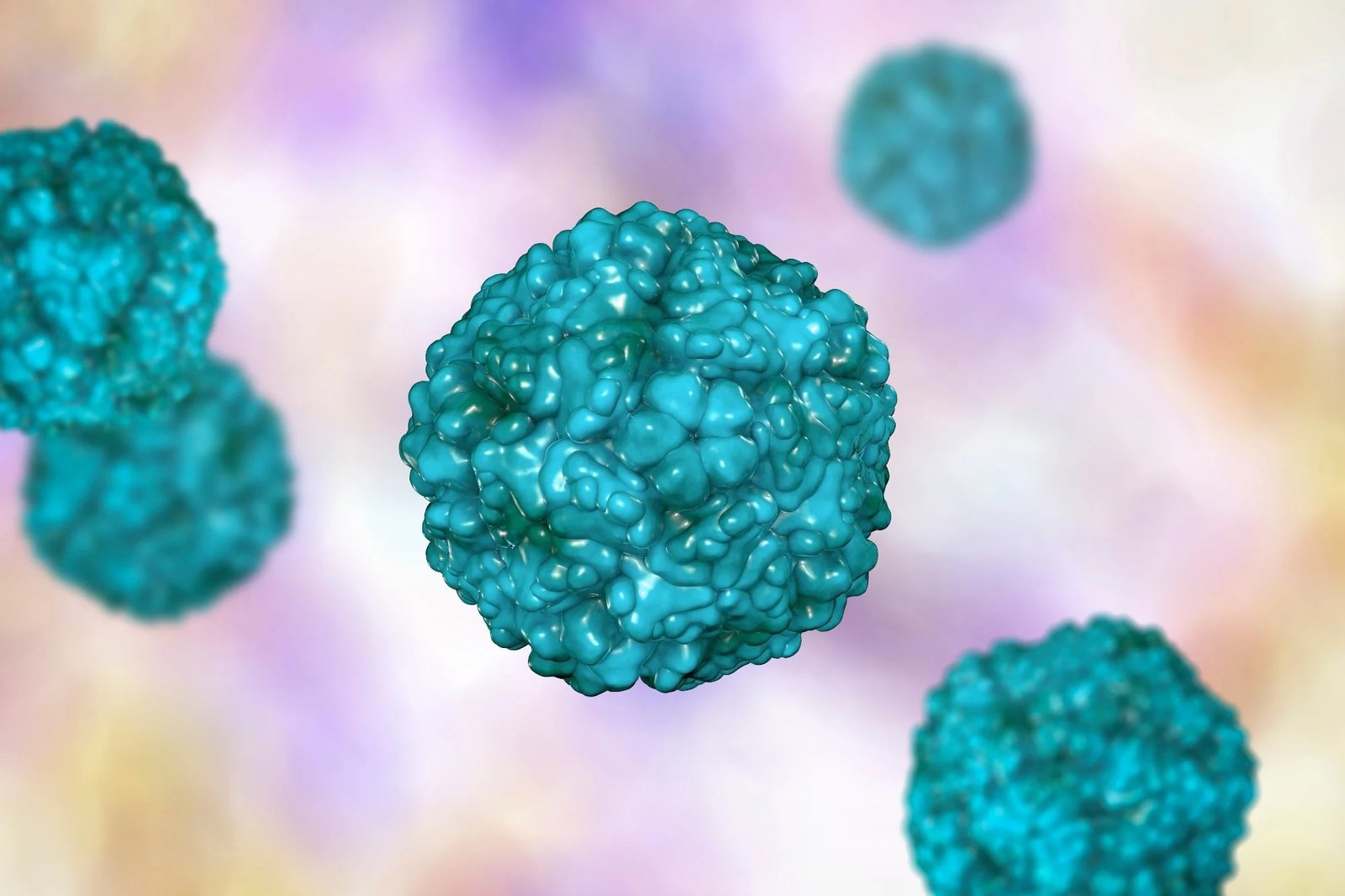Fungal acne, medically known as Malassezia folliculitis, is a skin condition that often gets mistaken for regular acne. Unlike traditional acne, which is caused by bacteria and clogged pores, fungal acne is caused by an overgrowth of yeast on the skin. This condition can be frustrating and difficult to treat if not properly identified. In this article, we will explore what fungal acne is, how to identify it, and the best treatments and prevention methods for clear, healthy skin.
What is Fungal Acne?
Fungal acne is caused by an overgrowth of Malassezia yeast, which lives on the skin naturally. Under certain conditions, such as a humid environment or an impaired skin barrier, the yeast can grow excessively, leading to inflamed hair follicles. This results in small, itchy, uniform bumps that can appear on the forehead, chest, and back.
How to Identify Fungal Acne
Fungal acne is often confused with bacterial acne because of its similar appearance. However, there are distinct characteristics:
- Size and Shape: Fungal acne typically appears as small, uniform bumps, while bacterial acne comes in a variety of sizes, including larger cysts.
- Location: Fungal acne is more likely to appear on the chest, back, and forehead, whereas bacterial acne can appear anywhere on the face and body.
- Itchiness: Unlike traditional acne, fungal acne tends to be itchy.
- Response to Treatment: If regular acne treatments like benzoyl peroxide or salicylic acid are not working, you may be dealing with fungal acne.
Causes of Fungal Acne
Fungal acne thrives in moist, warm environments. Several factors can contribute to the overgrowth of yeast, including:
- Hot and Humid Weather: Sweating in warm climates can increase moisture on the skin, promoting fungal growth.
- Wearing Tight or Non-Breathable Clothing: This can trap sweat and heat, leading to a more favorable environment for yeast.
- Using Heavy or Oily Skincare Products: Products that are too rich can clog hair follicles and promote fungal growth.
- Antibiotic Use: Long-term antibiotic treatments can disrupt the balance of bacteria and yeast on your skin, allowing Malassezia to flourish.
Treatment Options for Fungal Acne
- Antifungal Treatments: Topical antifungal treatments, such as creams or shampoos containing ketoconazole, selenium sulfide, or zinc pyrithione, are effective for killing the yeast.
- Over-the-Counter Antifungal Creams: Creams designed to treat athlete’s foot or ringworm, such as clotrimazole, can be applied to affected areas.
- Prescription Medications: In severe cases, oral antifungal medications may be required. A dermatologist can prescribe drugs like fluconazole or itraconazole.
- Avoid Oily Products: Switch to lightweight, oil-free moisturizers and cleansers. Look for products labeled “non-comedogenic,” meaning they won’t clog pores.
- Change Your Clothes Regularly: After sweating, change into clean, dry clothes to avoid trapping moisture on the skin.
- Shower Immediately After Exercise: Sweat creates a breeding ground for yeast. Showering with an antifungal shampoo can help prevent the growth of Malassezia.
Preventing Fungal Acne
To prevent fungal acne from recurring, maintaining a consistent skincare routine is key:
- Use Antifungal Products Regularly: Incorporating antifungal shampoos or cleansers into your routine can help keep the yeast at bay.
- Wear Breathable Fabrics: Avoid wearing tight, non-breathable clothing for extended periods, especially in hot and humid environments.
- Avoid Sharing Towels and Clothing: Fungal infections can spread through contact with contaminated items.
- Watch Your Diet: Reducing sugar and carbohydrate intake may help control the growth of yeast in some individuals.
Conclusion
Fungal acne is a common and often misdiagnosed skin condition. Identifying and treating it with the right antifungal products can lead to clearer, healthier skin. If you’re struggling with persistent acne that doesn’t respond to traditional treatments, consider consulting a dermatologist to determine if fungal acne might be the cause.




